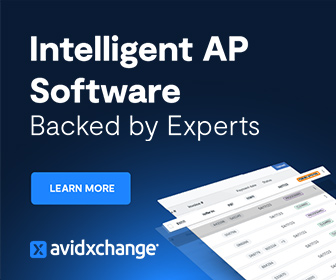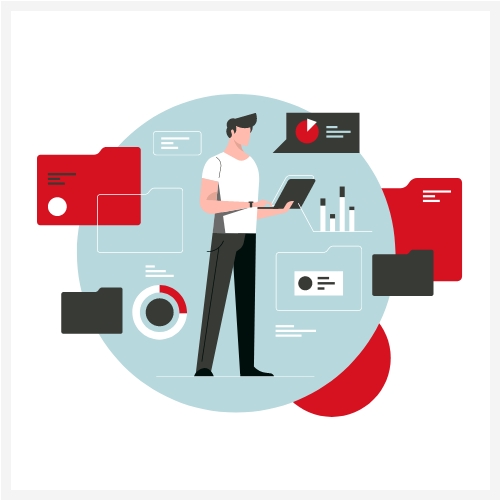From reports to compliance, internal controls to budget leadership, the controller has a lot on his or her plate. Every single day, your job revolves around your ability to help the company make it to the next day, the next quarter, and the next year. Though the job description varies from company to company, with some controllers answering to the CFO and others captaining the finance department, the controller plays a vital role in the present and future of the business.
But as someone with a hand in so many different processes throughout the finance organization— preparation of the operating budgets, overseeing financial reporting, managing payroll, hiring of financial staff, and more—you already know one thing: It’s not an easy job.
You’re trying to manage hundreds, possibly thousands of time-consuming and time-sensitive tasks each month that are required to function efficiently. For those with outdated, disconnected, or undersized technology, it’s even harder.
Disconnected processes, manual tasks, paper—they all start to add a bit of extra time, increase risk, and decrease visibility. However, it doesn’t have to be that way.
Modernizing the Accounting Department: Four Key Focuses
Whether you’re the big kahuna atop the finance department or you’re answering to someone, you need information and you need it to work for you. But where do you start? According to Wipfli LLP, focus your sights on the following four areas:
Automation: A Faster Way from Point A to Point B
It may sound cynical to say that anytime a human touches something, they’re bound to screw it up. After all, you hired the best and the brightest at your company. But to err is human.
Even the best and the brightest err once in a while. One finger slip, a copy and paste error, or a miskeyed function in Excel can result in something going horribly awry. This is not the case with automation. With accounting automation, your business is connected. Data goes where it needs to go in the format it needs to exist in.
An added benefit? Now you can put that staff consisting of the best and the brightest to work in their field—informing the organization.
Integration: Seamless Connection
Accounting doesn’t operate in a vacuum. Neither does sales, project management, or any point in your business. How come businesses select technology that exists on its own?
Picture the quote to cash process. Consisting of ten separate steps, it may also consist of three or more products to complete. Even the first couple steps are tedious: A salesperson has to email finance to check credit, then has to email the warehouse or production facility to see if they can even promise the capacity. This could take hours or days, and in today’s business, this is unacceptable.
A truly modern accounting system integrates with best-in-class software solutions used across the organization, seamlessly, and without costly and time-consuming coding.
Visibility: Data You Need—When You Need to See It
A modern accounting solution achieves in-depth, real-time reporting anytime, anywhere, via customizable and department-focused dashboards. A project manager can see what he or she needs to see, a warehouse manager can get at-a-glance understanding of inventory, and you, the controller, can make decisions with information delivered to you in real time.
Traditional and outdated accounting systems only track financial data, which of course limits reporting to only financial measures. Yet, modern accounting requires reporting of both financial and operational data—key performance indicators (KPIs) and metrics important to your organization.
True Cloud: No More Challenges to Access
The first three keys to modern accounting (automation, integration, improved reporting), are only possible with a modern accounting system, and a cloud-based solution. What is the Cloud?
According to the Business Software Education Center, the cloud provides “On-demand availability of computer system resources, especially data storage and computing power, without direct active management by the user.”
But… Beware Fake Cloud
But even that definition doesn’t go far enough. Too many legacy products have promised the cloud—when all they have is a repurposed legacy app.
According to Derek Nachimow, Practice Manager at MIBAR,
“During the rise of the cloud in the late 90s and early 2000s, traditional vendors ignored the warning signs surrounding the disruptive nature of cloud-based software-as-a-service platforms. “Ignoring the shift in the marketplace, many were left scrambling in the last decade, and creating something we like to call ‘fake cloud’ solutions. We wrote this guide to help businesses understand the difference.”
What is True Cloud?
What does it mean to be a true cloud solution? It has to be built for it. When deployed to its fullest potential, it can remove the biggest obstacles to productivity at all stages of the business. Learn more about the differences between True Cloud and Fake Cloud here.




